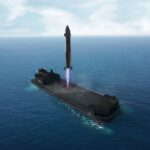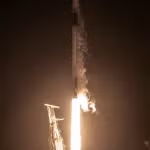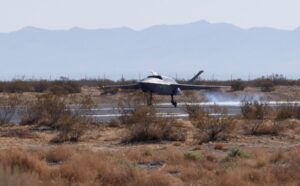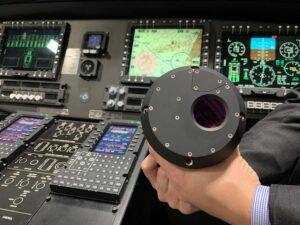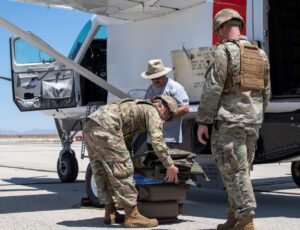
Boeing [BA] and Northrop Grumman [NOC] are in the running for a U.S. Space Force cost reimbursement contract this December to develop and build two Protected Tactical Satellite Communications-Resilient (PTS-R) satellites. SSC's program executive officer (PEO) for military communications and positioning, navigation, and timing (MilComm/PNT) in El Segundo, Calif., "intends to limit competition" to Boeing and Northrop Grumman, according to a May 23rd business notice. "The resultant contract will provide for two space vehicles, associated ground equipment, launch processing, on…


